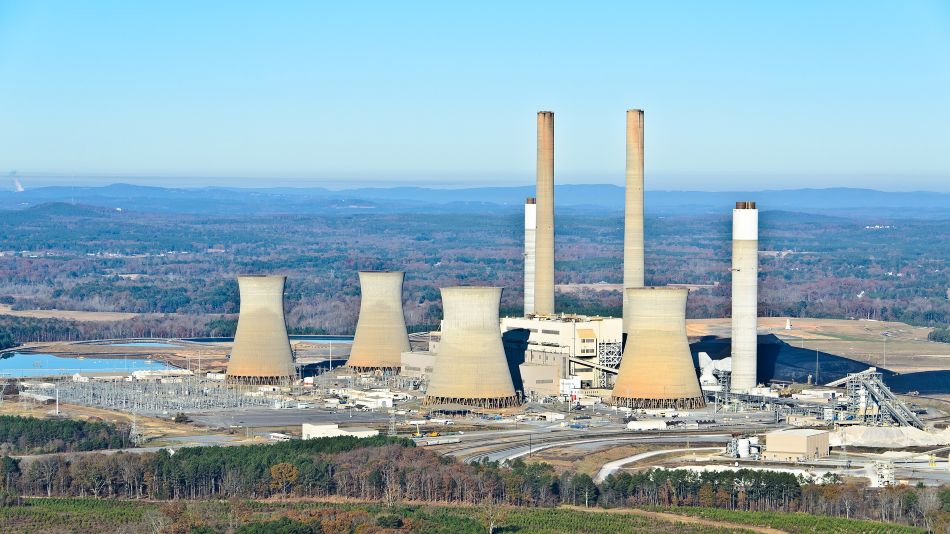Latest Future Engineers Challenge Winners Selected
Latest Future Engineers Challenge Winners Selected
July 22, 2016

Two young innovators — 17 year-old Kyle Corrette of Phoenix, Ariz., and 12 year-old Sreyash Sola of Ashburn, Va. — were recently named the grand-prize winners of the Future Engineers Star Trek Replicator Challenge, a competition that asked pre-college students to design a digital model of a non-edible, food-related item that astronauts would be able to 3D print and use in the year 2050.
More than 400 students from across the United States submitted entries for the Star Trek Replicator Challenge, which was the third in a series of Future Engineers competitions. The program, which launched in 2014, was developed jointly by the ASME Foundation and NASA to help teach K-12 students about 3D printing and engineering design.

Corrette, who will become a senior at Desert Vista High School this fall, was named the winner in the competition’s Teen Category for students aged 13 to 19. Corrette’s entry, Melanized Fungarium, is a device that is would provide an environment for growing melanized fungus, a potential renewable food source that can use the radiation found in space as an energy source. Consisting of an outer shell, housings for an organic growth bed and an irrigation system, the device was designed to be fabricated and used within a microgravity environment, and should be printed with a waterproof, low-warp plastic to ensure best functionality.
Sola, a seventh-grader at Eagle Ridge Middle School, was selected as the winner of the Challenge’s Junior Category for students aged 5 to 12. His winning invention, the Astro Mini Farm, is an apparatus that was designed to help astronauts cultivate fresh food on Mars. Because the planet receives less sunlight than Earth and has a thinner atmosphere, the Astro Mini Farm would help remedy these conditions with such features as a magnifying glass that collects sunlight and direct it toward plants and a pump that could be added periodically to pressurize the container. The device, which uses carbon dioxide produced by astronauts breath to help the plants grow, also features a slanted hole in its base through which the astronauts could add soil or water the plants.

As winners of the Challenge, Corrette and Sola each received the competition’s grand prize: a private viewing of the Space Shuttle Enterprise at the Intrepid Sea, Air & Space Museum in New York City with a former NASA astronaut, as well as a tour of MakerBot headquarters in Brooklyn, N.Y. They also received a MakerBot Replicator Mini Compact 3D printer for their schools and a PancakeBot for their families.

Aside from the prizes, however, the competition offers other, potentially life-changing rewards for students who take part in it, according to grand-prize winner Corrette. “Having the opportunity to meet and be taken seriously by so many highly accomplished individuals has given me a new enthusiasm for the engineering field,” he said. “This challenge has inspired me to learn new skills like CAD, and has also opened up future opportunities through the gift of a 3D printer to my school. Thank you to everyone involved in putting on this challenge. It has been a truly unforgettable experience.”
Entries are being accepted through Aug. 1 for the fourth Future Engineers competition, the Think Outside the Box Challenge. For more information on that competition, and to learn more about the Star Trek Replicator Challenge winners and finalists, visit www.futureengineers.org. For details on ASME K-12 engineering education programs, contact Patti Jo Snyder, Programs and Philanthropy, at snyderp@asme.org.




